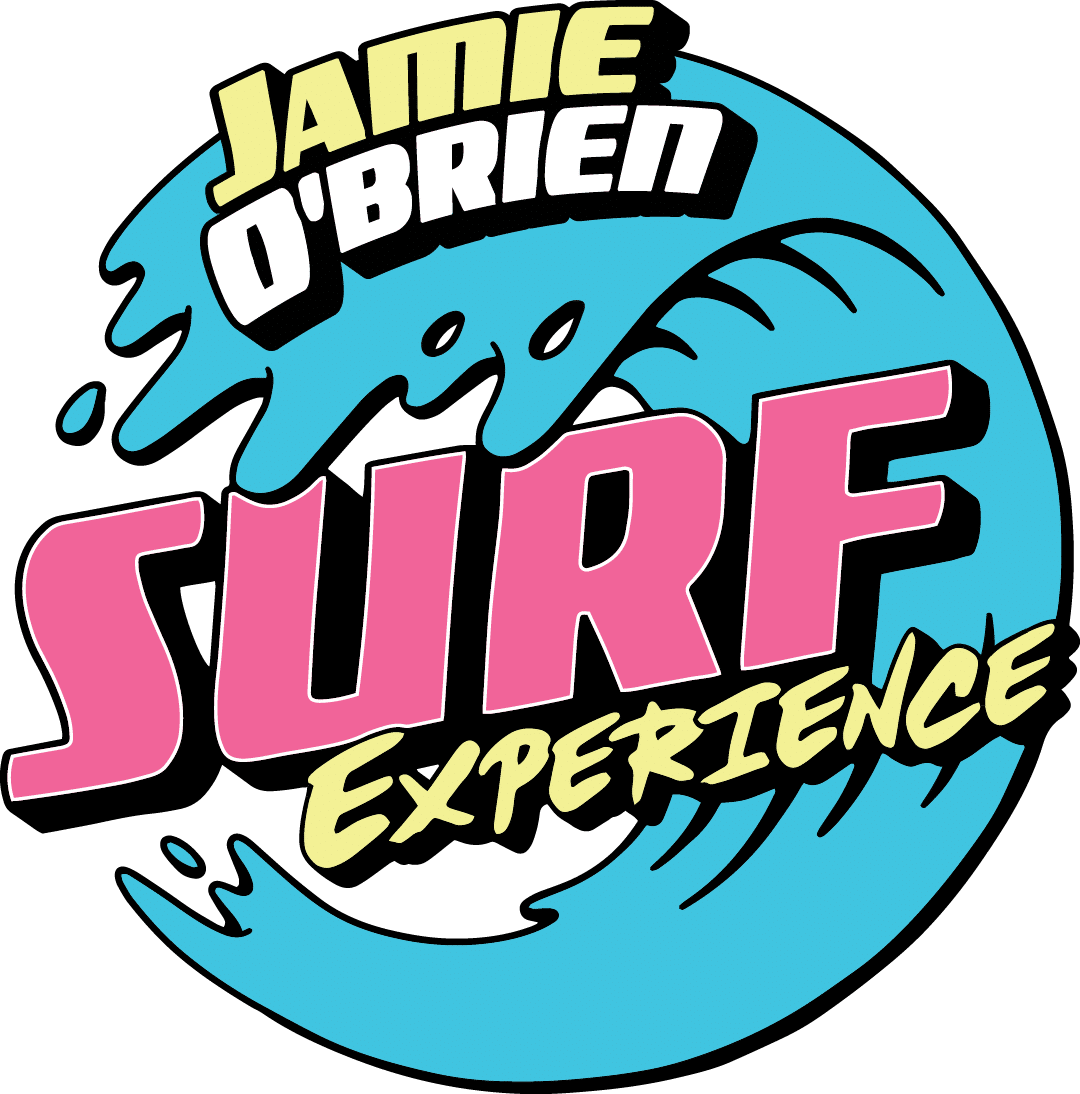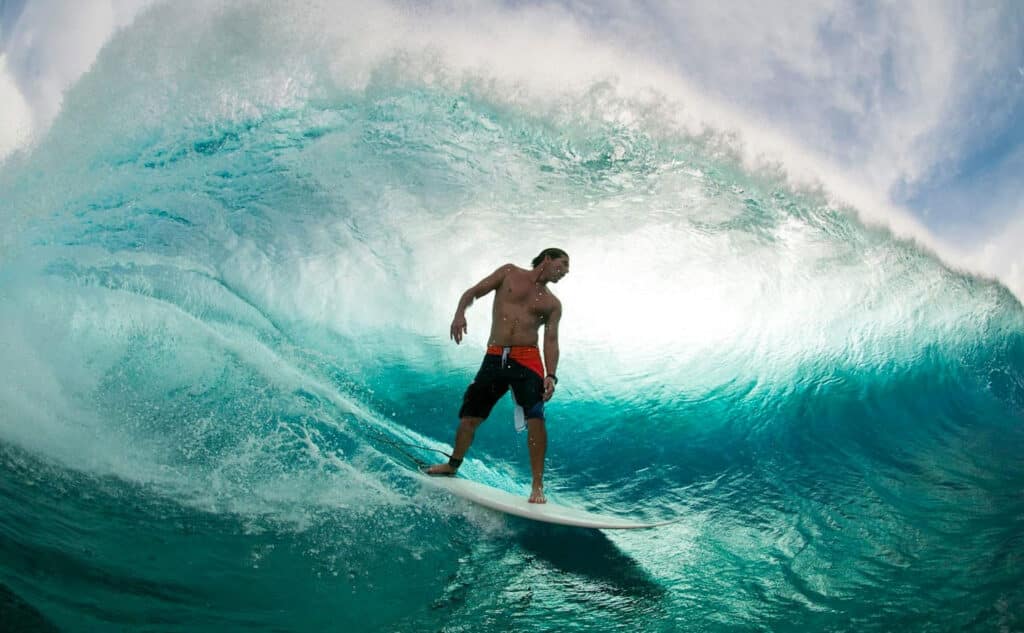
Rip Curl
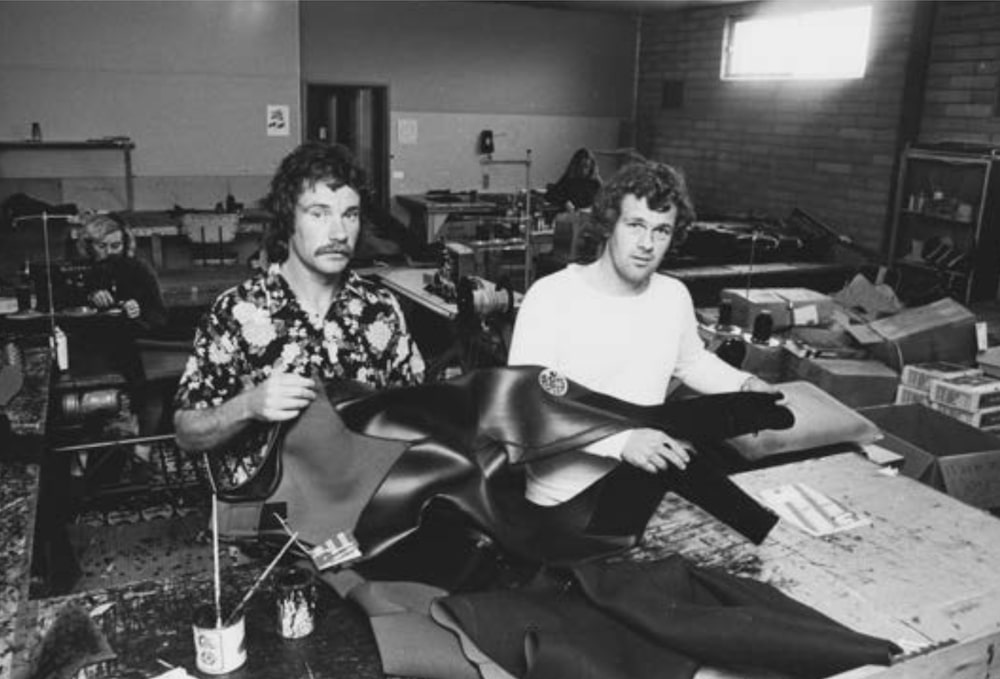
Rip Curl is perhaps Australia’s most iconic surf brand, with roots that run deep in Aussie surf culture. Rip curl began way back in 1969 when Doug Warbrick and Brian Singer decided to start building surfboards in Torquay, Victoria, Australia. After establishing a reputation for quality surfboards, they began manufacturing wetsuits to take concepts from diving wetsuits and adapting them to surfing. Today, Rip Curl remains an industry giant with team riders on the World Tour and beyond.
Quicksilver
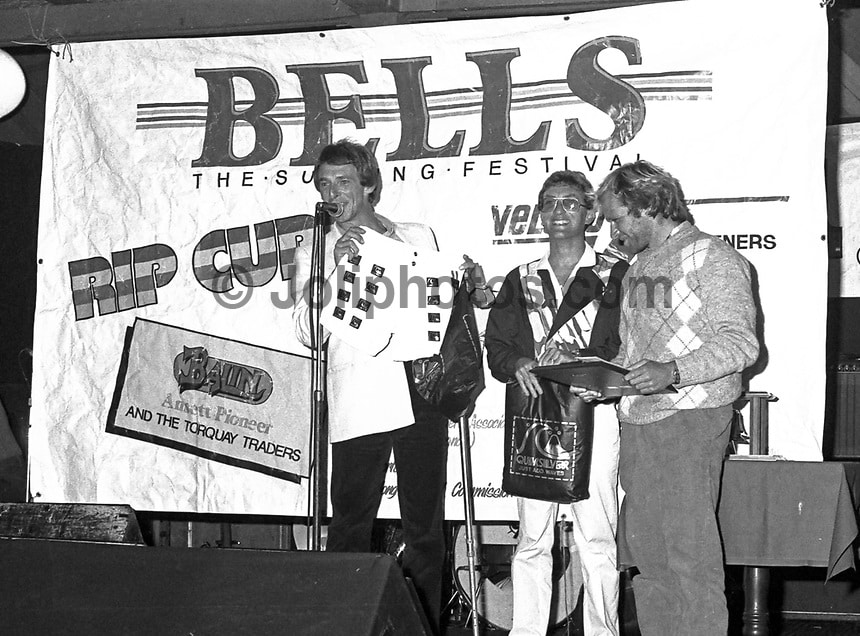
Quicksilver remains one of the industry staple brands, but its history is filled with controversy that not many people know about. Alan Green, an employee of Rip Curl, created the first iteration of the modern board short. Quicksilvers boardshorts were a hit, and the brand skyrocketed and expanded operations to America. In the 1990s, Quicksilver made the bold decision to add Roxy, a female-focused surf brand. Despite the success of the brand, Alan Green and other Quicksilver execs become wrapped up in one of the largest scandals in surf history. In 1992, Green was arrested by the FBI and charged with drug trafficking. He later pleaded guilty and was sentenced to four years in prison. Several other Quiksilver employees were also implicated in the smuggling operation and faced similar charges. Today, Quicksilver is under It’s worth noting that Quiksilver is under different ownership and management and has distanced itself from its past involvement with drug smuggling. The current leadership of the company has emphasized a commitment to ethical and responsible business practices.
O’Neill
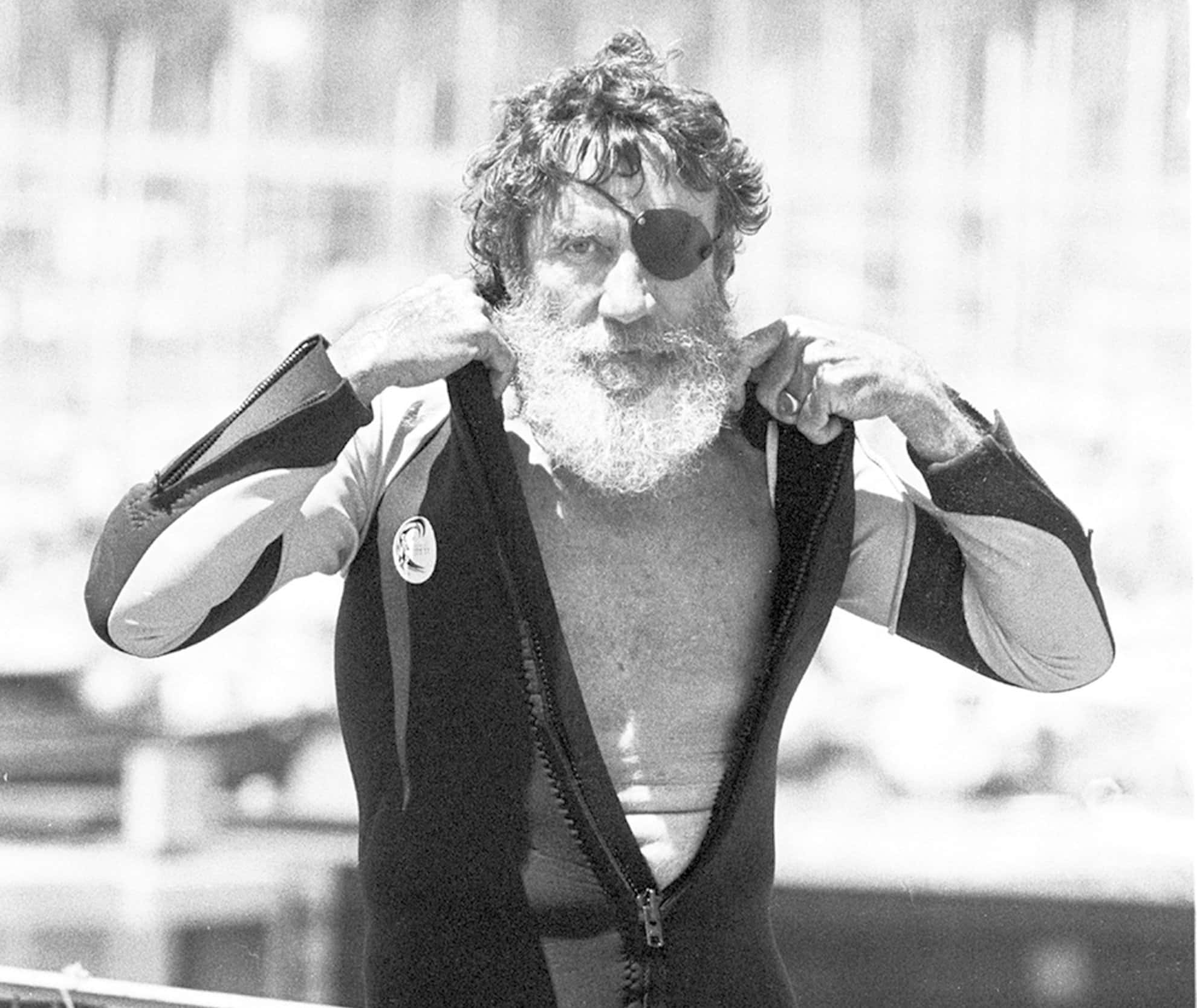
O’Neill is one of modern surfing’s oldest brands. Founded in 1952 by the legendary, larger-than-life character Jack O’Neill who pioneered the first-ever neoprene wetsuit. Jack O’Neill created the first modern wetsuit in his garage in San Francisco and tested it in the icy waters of Ocean Beach. O’Neill began selling wetsuits out of the back of his station wagon, and his business grew rapidly as more and more surfers discovered the benefits of neoprene. In the 1960s, O’Neill moved his business to Santa Cruz, California, which had become a hub for surfing culture. He continued to innovate, developing new wetsuit designs and expanding his product line to include surfboards, surf accessories, and clothing.
Billabong
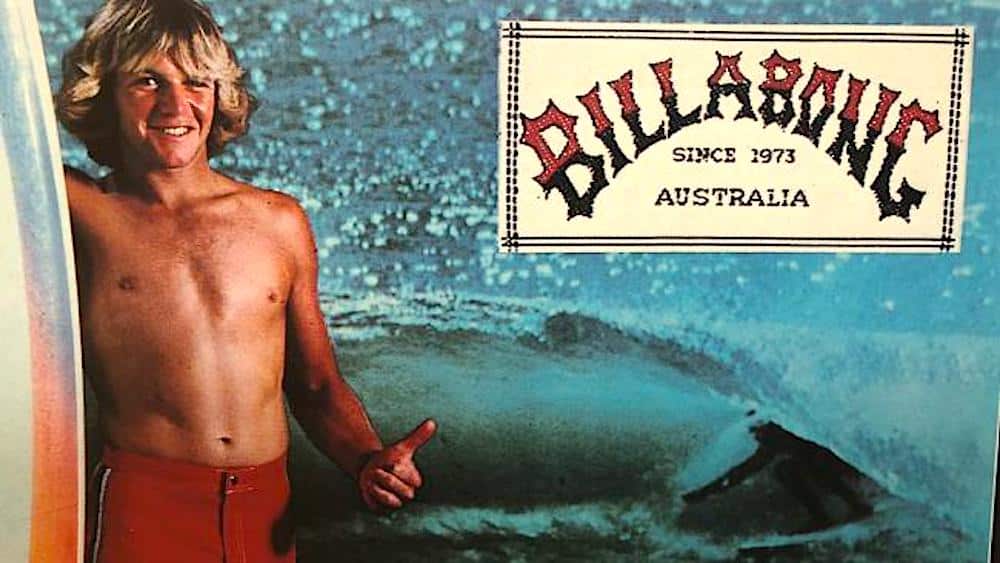
Billabong began in 1973, offering triple stitch board shorts that revolutionized performance wear in surfing. Billabong quickly grew from its humble Gold Coast beginnings. By the 1980s, Billabong expanded its product line to include wetsuits, surfboards, and other surf accessories. In the 1990s and 2000s, Billabong continued to grow, expanding into new markets and acquiring other surf brands such as Von Zipper and Element. The company went public in 2000, and by 2011 had become the largest surf wear company in the world, with over 700 stores in 100 countries.
Hurley
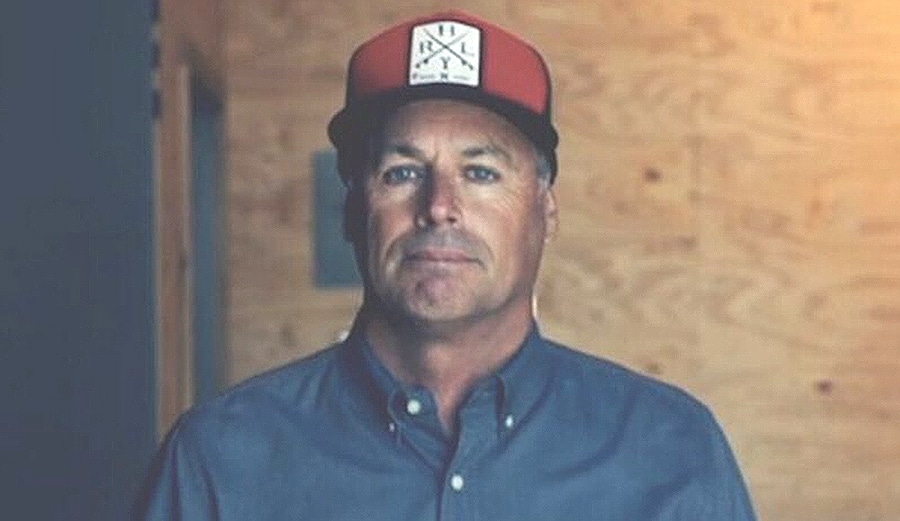
Founded in 1999 by then Billabong employee Bob Hurley, Hurley rose to a top-tier competitor relatively quickly. The initial focus of Hurley was on designing and producing high-quality boardshorts and other surf wear that combined function and style. The brand quickly gained a following among surfers and other athletes and began sponsoring several top surfers, skateboarders, and snowboarders. In 2002, Hurley entered into a licensing agreement with Nike, which allowed the brand to expand its reach and develop new products. Under the Nike umbrella, Hurley signed surfers to record-breaking contracts. However, the partnership with Nike eventually sizzled, and Hurley has switched ownership several times, shedding sponsored athletes with each new deal.
Dive deep into the history of surfing and surf lore on the North Shore of Oahu. Book your stay at Turtle Bay Resort to stay close to the action on the North Shore. For the best North Shore Surf Lessons and activities, head to JOB Surf Experience.
